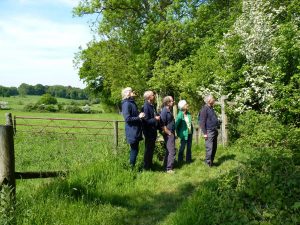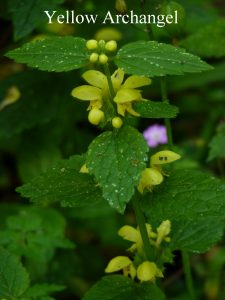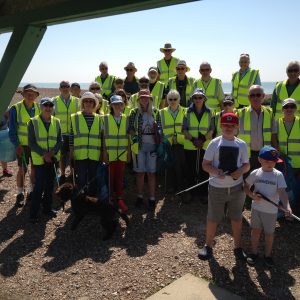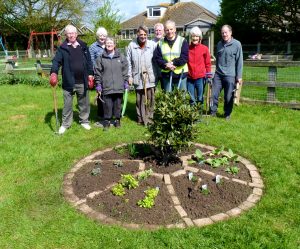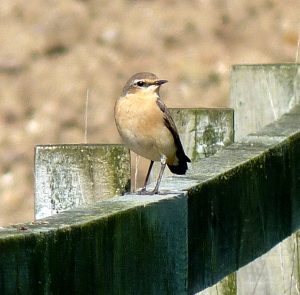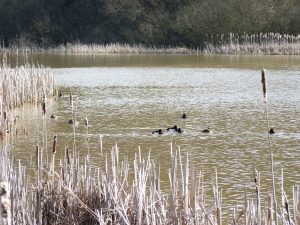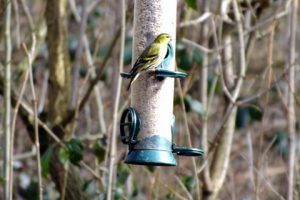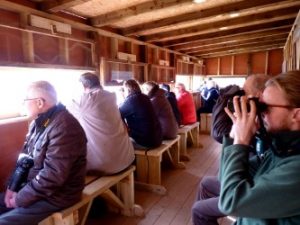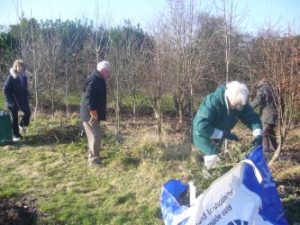Fran Southgate, the Living Landscapes Officer from the Sussex Wildlife Trust (SWT), gave an enlightening presentation to Ferring Conservation Group at their recent monthly meeting entitled ‘The Shaping of Landscapes by Water’. Fran conveyed with passion SWT’s quest to greatly improve and protect the county’s wetland areas with a focus on water voles.
Fran explained that although Sussex is the second most wooded county in England it also has wetland areas (where water and land mix and meet) that have some of the richest places for wildlife. These encompass vast areas of low-lying land in places such as the Pevensey Levels and the Arun valley. A combination of good water quality and a network of sensitively managed ditches and the mosaics of wet grassland, reed and scrub mean that large areas of nature friendly wetlands continue to thrive.
This is good news indeed for the water vole that lives along rivers, streams and ditches, around ponds and lakes and in marshes, reedbeds and in areas of wet moorland. These delightful mammals are under threat from habitat loss and predation by the non-native American mink. The water vole is similar-looking to the brown rat, but with a blunt nose, small ears and a furry tail. Water voles are not easy to spot but with a little perseverance their existence can be confirmed at the side of riverbanks, often with a lawn of nibbled grass and stems with a distinctive 45 degree angled-cut at the ends, scattered around the entrance of their burrows. A female will start to breed in spring and can have three to four litters per year of up to five young.
SWT’s vision for the future is to help create living landscapes by enabling wildlife to disperse across areas to find new habitats to increase their distribution, as for many species this is an inherent survival strategy. This can be achieved by encouraging landowners to create green corridors by building grass covered bridges across waterways, planting more hedgerows to make ‘wildlife highways’ and to plant a series of copses or build ponds as stop-off points for wildlife on the move. SWT aims to reverse damage to the landscape by working with natural processes such as re-wilding land, and reverting to natural flood management.
In her regular Nature Notes slot, Tricia Hall reported that many birds and mammals appeared to be struggling locally in the recent hot and dry spell, and were keeping a low profile. However, butterflies seemed to be enjoying things more, with interesting sightings in Ferring gardens of both a Silver-washed Fritillary and a Brown Argus – neither of these are particularly rare as such, but unusual to find them in coastal gardens. The Group will be taking part in the national Big Butterfly Count organised by Butterfly Conservation, as well as organising an evening walk to the Black Rocks, just west of Ferring, on one of the very low tides. Details of all Group events can be found at www.ferringconservationgroup.co.uk
Little Egrets seem to be returning to the village in some numbers from their breeding areas, with up to 12 at a time having been seen in trees on the Ferring Rife as well as at the pond in the south of the village.
Ed Miller gave an update on planning matters, outlining that the Arun Local Plan had been approved, which includes the fact that it obliges Arun District Council to provide 1000 homes per year for the next 15 years across the Arun district. One of the more welcome aspects though is that it provides continuing protection for the local Gaps between settlements, including the Ferring section of Goring Gap. The Group is aware of intentions by Worthing Rugby Club to potentially move their operations to Goring Gap, and the Group has written to the club pointing out that this would conflict with the Local Plan policies and would attract much opposition from residents of Ferring, Goring and the surrounding area.

